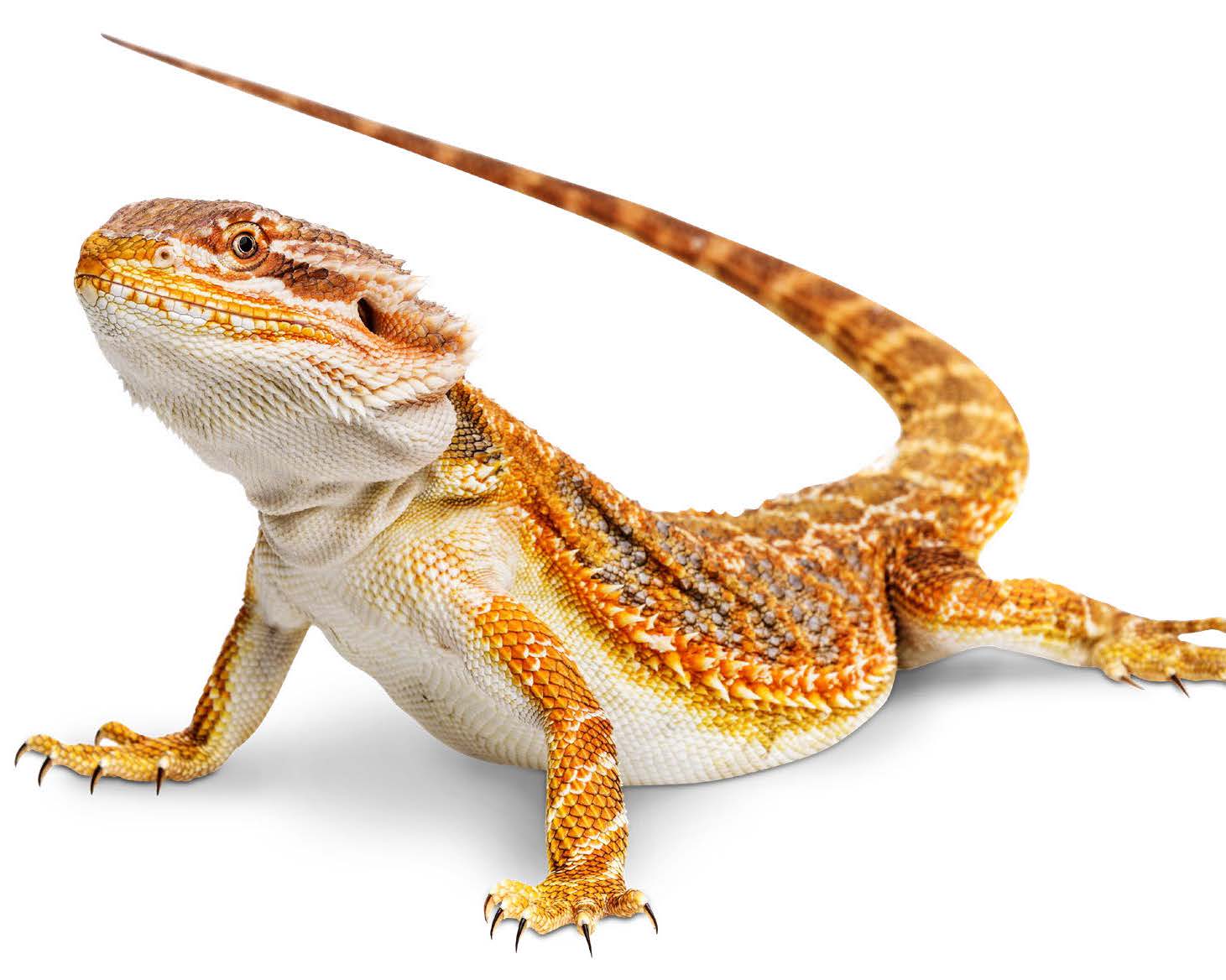Embarking on the journey of reptile ownership is an exciting venture into the world of these fascinating creatures. Reptiles offer a unique pet experience, distinct from traditional furry companions. Their diverse behaviors, intriguing adaptations, and often docile natures make them excellent pets for both novice and seasoned animal enthusiasts.
If you’re considering adding a scaly friend to your family, this guide will help you navigate the essentials of choosing and caring for a pet reptile.
Why Choose a Reptile as a Pet?
Reptiles can be ideal pets for various reasons:
- Low Maintenance: Many reptiles require less daily care compared to dogs or cats. They don’t need walks, and some can be fed less frequently.
- Hypoallergenic: Reptiles are a great alternative for those allergic to pet dander.
- Quiet Companions: They are silent pets, making them suitable for apartment living or noise-sensitive environments.
- Educational Value: Owning a reptile can be a learning experience, offering insights into exotic wildlife and ecosystems.
Things to Consider Before Getting a Reptile
Before bringing a reptile home, consider the following:
- Lifespan: Some reptiles, like tortoises, can live for several decades. Ensure you’re ready for a long-term commitment.
- Space Requirements: Research the adult size of the reptile to provide adequate habitat space.
- Diet: Understand the dietary needs—some reptiles eat insects, others require fresh vegetables or even small rodents.
- Legal Restrictions: Check local laws regarding reptile ownership; some species may be restricted.
- Veterinary Care: Locate a veterinarian experienced with reptiles for regular health check-ups.
Best Reptiles for Beginners
Here are some beginner-friendly reptiles that are relatively easy to care for:
1. Leopard Gecko
- Size: 7-10 inches
- Lifespan: 15-20 years
- Temperament: Docile and gentle
- Care Level: Easy
- Notes: No special lighting required; feeds on insects.

2. Corn Snake
- Size: 3-5 feet
- Lifespan: 15-20 years
- Temperament: Calm and tolerant
- Care Level: Easy
- Notes: Feeds on rodents; requires a secure enclosure.

3. Bearded Dragon
- Size: 18-24 inches
- Lifespan: 10-15 years
- Temperament: Friendly and interactive
- Care Level: Moderate
- Notes: Needs UVB lighting and a varied diet of insects and vegetables.

4. Ball Python
- Size: 3-5 feet
- Lifespan: 20-30 years
- Temperament: Shy but gentle
- Care Level: Moderate
- Notes: Requires specific humidity levels; feeds on rodents.

5. Russian Tortoise
- Size: 8-10 inches
- Lifespan: 40+ years
- Temperament: Active and hardy
- Care Level: Moderate
- Notes: Needs a large enclosure; feeds on leafy greens.

Setting Up the Perfect Habitat
Creating a suitable environment is crucial for your reptile’s health:
- Enclosure: Size and type depend on the species. Glass terrariums are common.
- Heating and Lighting: Most reptiles are ectothermic and need external heat sources. UVB lighting is essential for some species.
- Substrate: Choose appropriate bedding material, like reptile carpet or aspen shavings.
- Hideouts and Decorations: Provide hiding spots and climbing structures to mimic natural habitats.
- Humidity: Maintain proper humidity levels with regular misting or humidifiers.
Feeding Your Reptile
Understanding dietary needs is vital:
- Diet Variations: Insectivores (e.g., geckos), herbivores (e.g., tortoises), carnivores (e.g., snakes).
- Feeding Schedule: Varies by species and age—some eat daily, others weekly.
- Supplements: Calcium and vitamin D3 supplements may be necessary.
- Hydration: Always provide fresh water; some reptiles may require soaking dishes.
Handling and Interaction
Building a bond with your reptile:
- Handling Tips: Support their body fully; avoid sudden movements.
- Frequency: Start with short sessions, gradually increasing as they become comfortable.
- Signs of Stress: Hissing, biting, or trying to escape indicate the need for a break.
Health and Wellness
Keep your reptile healthy with regular care:
- Observation: Monitor for changes in appetite, behavior, or appearance.
- Common Issues: Watch for signs of respiratory infections, mites, or metabolic bone disease.
- Vet Visits: Schedule regular check-ups with a reptile-savvy veterinarian.
Frequently Asked Questions
1. Do reptiles recognize their owners?
While reptiles don’t bond with humans like dogs or cats, they can become accustomed to their owners’ presence and handling. Over time, some may even show signs of recognition.
2. How often should I feed my reptile?
Feeding frequency varies by species, age, and size. Juvenile reptiles generally eat more often than adults. Consult a care guide specific to your reptile for precise feeding schedules.
3. Are reptiles good pets for children?
Reptiles can be suitable for responsible children under adult supervision. They teach responsibility and respect for animals. However, proper hygiene is essential to prevent the spread of germs.
4. Do reptiles carry diseases that can affect humans?
Reptiles can carry Salmonella bacteria. To minimize risk, always wash your hands after handling your reptile or cleaning its enclosure.
5. What is the initial cost of setting up a reptile habitat?
Costs vary depending on the species. Initial expenses can range from $200 to $500 or more, including the reptile, enclosure, heating and lighting equipment, substrate, and accessories.
Conclusion
Owning a pet reptile can be a rewarding experience, offering a glimpse into the lives of these extraordinary animals. By choosing a species that suits your lifestyle and committing to proper care, you’ll enjoy many years of companionship with your new scaly friend. Remember, thorough research and preparation are the keys to successful reptile ownership.

